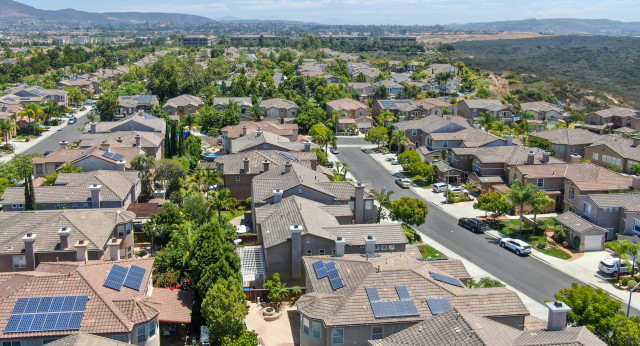Want to Prevent Interconnection Gridlock? Make a Plan!
The seventh in a series of IREC articles on interconnection originally published on 12/29/17 in GreenTechMedia by Erica McConnell & Stephanie Safdi
 In 2005, U.S. utilities and developers installed 79MW of grid-connected solar capacity. By 2013, the penetration rate of solar photovoltaics on the grid was 4,600MW, more than 58 times the cumulative amount installed in 2005. Total U.S. solar capacity at the end of 2013 exceeded 12,000MW, up from less than 100GW a decade before.
In 2005, U.S. utilities and developers installed 79MW of grid-connected solar capacity. By 2013, the penetration rate of solar photovoltaics on the grid was 4,600MW, more than 58 times the cumulative amount installed in 2005. Total U.S. solar capacity at the end of 2013 exceeded 12,000MW, up from less than 100GW a decade before.
This success story has brought interconnection challenges for utilities and regulators. Utilities evaluate each project, large and small, looking to interconnect to the grid to make sure that it can be accommodated without causing reliability, power quality, or other negative impacts. This individualized, reactive process costs both time and money. The good news is that with proper planning, this gridlock can be avoided.
This is where the concept of integrated distribution planning comes in.
IDP offers a pathway forward for states to overcome major interconnection challenges, including closed circuits, that are hindering the integration of renewables. The IDP approach relies on a multi-step process to proactively plan for the integration of distributed energy resources, or DERs, into the grid. It requires establishing the maximum capacity of a distribution circuit to accommodate DERs in its current state, without upgrades — called the “hosting capacity” — as well as forecasting the expected growth of distributed generation and potentially other DERs on that circuit.
Read the article in its entirety.
Image copyright stuartphoto / 123RF Stock Photo


